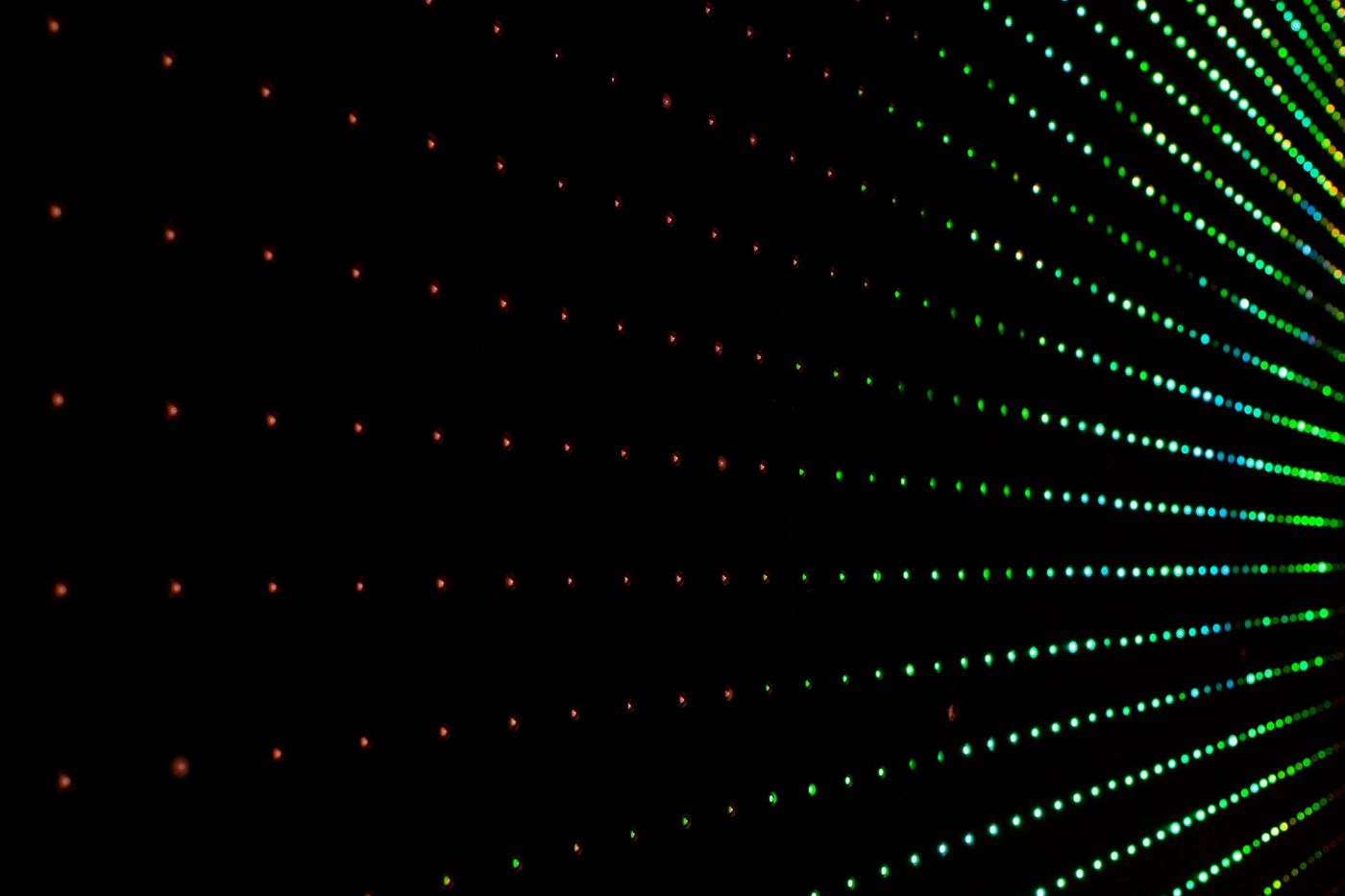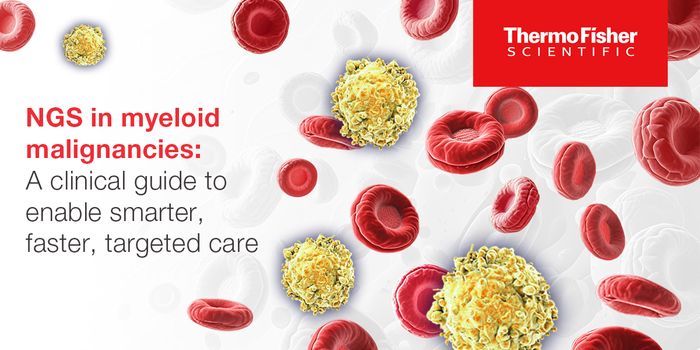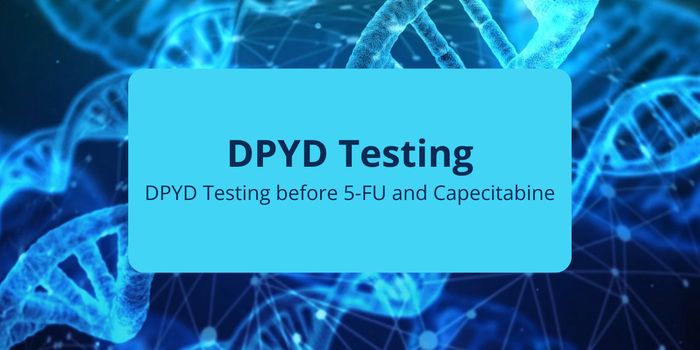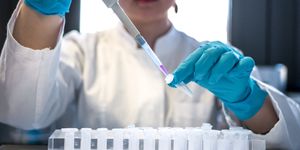Nanoparticles Put To the Test: No Glow, No-Go
Nanoparticles—tiny spheres carrying a biologically-active cargo—have the potential to transform how we treat and prevent disease. Take the Moderna and Pfizer/BioNTech COVID-19 vaccines, for instance. These lipid nanoparticle-based vaccines shuttled viral proteins in the form of mRNA to activate the immune system.
These and other classes of nanoparticles aren't new technologies; chemists had developed similar drug delivery systems as far back as the 1960s. One of the main barriers holding nanoparticles back as a routinely-used drug delivery modality is their low delivery rate. Scientists estimate that these ultrasmall particles only release around 1-2 percent of their cargo into cells.
It has not been easy for scientists to track whether or not a nanoparticle reaches its target cell and delivers its active ingredient. Current assessment protocols only provide information on whether the nanoparticle has reached its cellular destination. Jordan Green, a biomedical engineering expert from the Johns Hopkins University School of Medicine, led a team to develop advanced ways of tracking the location and release status of nanoparticles in the body.
The team describes their innovation in the peer-reviewed journal Science Advances.
The 'high-throughput and high-content bioassay' created by Green and colleagues can assess hundreds of different nanoparticle formulations, ranking them on their ability to make it into the cell's cytosol and deposit their cargoes. The test is powered by genetically-engineered mouse cells that glow with an orange-red fluorescent hue when a nanoparticle successfully delivers its molecular package to the cell.
Captured fluorescence emitted by the cells treated with nanoparticles is analyzed with a specially-designed computer program. With this advanced assessment tool, drug developers can quickly weigh up the efficiency of many nanoparticle formulations at once, data that helps them guide their selection of which formulations may make better therapeutics.
The researchers went on to test whether the data from the cell assay mirrors how nanoparticles behave in the body. To do this, they performed a series of experiments in mice that were given biodegradable nanoparticles loaded with mRNA for a glowing chemical called luciferase. If nanoparticles released luciferase mRNA into cells, they would express the protein, eventually radiating light.
To the team's excitement, the "best performing" formulations as measured using the computer program correlated with those that achieved high levels of gene delivery in mice. This observation confirmed that their innovation was a robust predictor of nanoparticle dynamics in the body.
This is only the beginning; Green's team is also enriching their platform to help drug developers create nanoparticles that can target specific cells in the body.
"By fine-tuning small chemical changes, we can steer a nanoparticle to specific tissues and even specific cells," said Green. "This would allow us to develop more precisely delivered therapies, which could improve both efficacy and safety."









